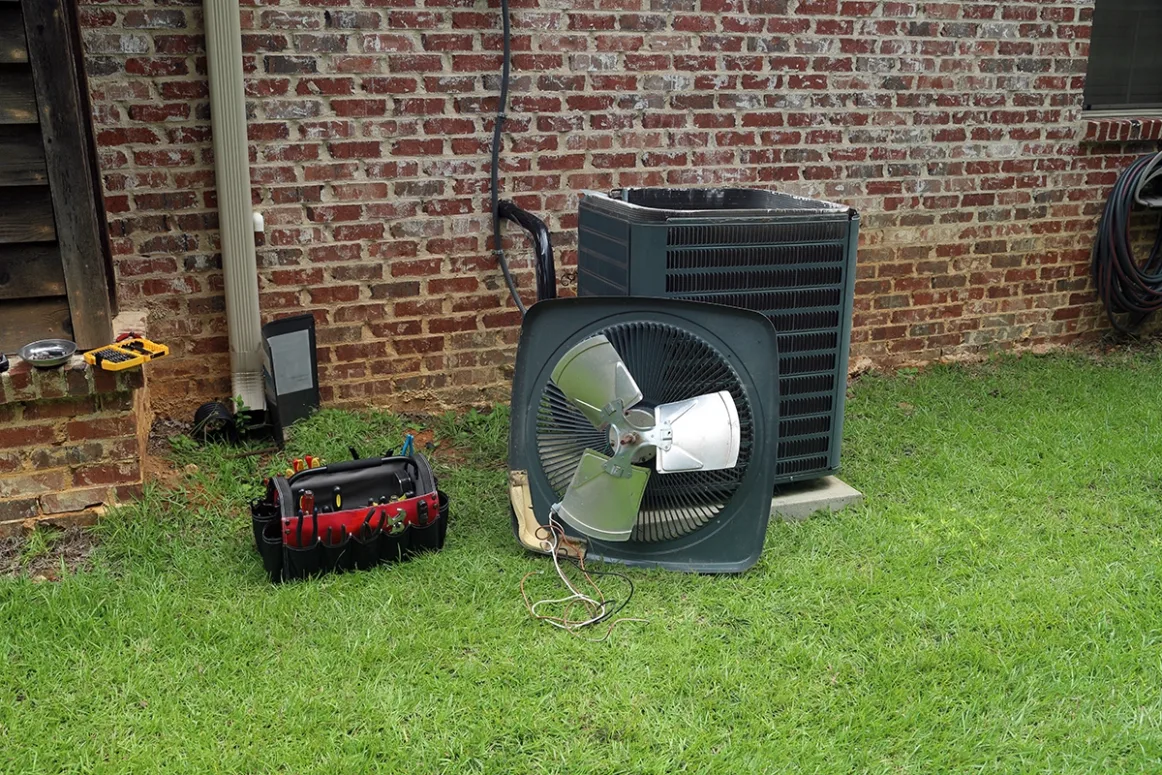
Geothermal Cooling Systems: Is It Right For Your Home?
Managing Indoor Climate with Geothermal Cooling: A Practical Solution Geothermal cooling
Geothermal cooling systems are one of the most modern and efficient ways of managing temperature in homes and offices by utilizing the earth’s ground temperature, which remains mostly the same. As the article intends to highlight, there are many facets to how geothermal cooling operates, including its many benefits, things to consider, and the climates in which it can be used.
How Does Geothermal Cooling Work?
Geothermal cooling systems utilize underground temperatures that do not vary much from 10-15 degrees Celsius and are often in the range of 50 to 60 degrees Fahrenheit to cool buildings in an eco-friendly manner. Some of these critical components are explained below:
- Ground Loop: A ground loop is a system of pipes buried underground. Heat exchange fluid is passed through these pipes, vital in heat exchange.
- Heat Pump: This equipment in the building transports indoor heat into the fluid in the ground loop. The functional fluid picks up heat from this soil as it moves within the network and to different places with the heat in the fluid.
- Heat Exchange Cycle: Following this dissipation, the fluid is returned to the heat pump in a cooled state to capture additional heat from the indoor air and heat and reconstruct the energy cycle.
Comprehensive Benefits of Geothermal Cooling Systems
Geothermal heating and cooling systems are more than just temperature control; they offer a wide range of additional benefits:
Energy Use The cooling system is highly energy efficient because it relies on the earth’s constant temperature. This avoids powering the system to extreme proportions, resulting in over 50 to 60 percent less usage than conventional systems.
- Advantages to the Planet: Since fossil fuels are not burning for their use, geothermal systems help ameliorate GHG emissions, positively contributing to the battle against global warming.
- Economic Viability: The waiting cost recovery is traditionally said to occur after several years, usually for lower running and utility costs.
- Repair and Maintenance: The indoor parts of geothermal systems can last a maximum of 25 years, while the underground circulating loops can last over 50 years with low-maintenance repair activities.
- Noise Levels: The noise pollution produced while running a geothermal system is less than that of air conditioning units because most mechanizations are housed beneath the surface.
Considerations When Installing A Geothermal Cooling System
One of the benefits of Geothermal cooling is that such systems can be built vertically, horizontally, or even at an angle. However, before this can be done, some best practices must be followed to ensure maximum efficiency from the installed system.
The first costs are associated with a high initial cost, most arising from the ground loop system. However, these initial costs can be recovered through energy savings, current costs, and potential tax benefits.
- Land Availability: Installing the ground loop requires securing sufficient land at the site. The needed land sizes vary due to the building’s cooling requirements and local soil composition.
- Installation Process: The installation process is relatively more straightforward. However, it is somehow intrusive, but modern drilling techniques have minimized the effects, making it even less invasive than it used to be.
But Can Geothermal Cooling Provide Efficient Comfort in Your Home?
Geothermal systems, as noted, can be applied across different climate conditions:
- Stable Operation: The underground temperature remains constant. Thereby, geothermal cooling can be utilized regardless of the outdoor climatic conditions, which can be crucial in areas facing severe seasonal changes.
- Versatility: These systems can be installed nearly anywhere, even in hot and cold areas, and can be tailored to existing conditions and climates, providing optimal cooling.
The Future of Geothermal Cooling
As the global paradigm shifts to more environmentally friendly methods, the options of geothermal cooling prove to be the way provident for residential and commercial buildings:
- Increasing Implementation: Due to rising energy prices and increasing awareness of environmental issues, more builders and homeowners are switching to geothermal energy.
- Improvements: Development continues in geothermal technology, improving its efficiency and convenience, making it more marketable to many other people than it is now.
All In All
Geothermal cooling is more than a technique in indoor climate control; it looks into an environmentally friendly approach to life. Because of its efficiency, environmental, and long-term economic reasons, geothermal technology is fast gaining acceptance as a wise option for potential development. For those considering this technology, it will be best to seek the counsel of a geothermal expert to determine its potential, use, and fit. Contact Russel Heating and Air today to find out if this is the right fit for you.
A quick overview of the topics covered in this article.
Latest articles
June 29, 2025
June 29, 2025






